Colors for Business
Every decision a business makes – whether it’s for a logo, website, advertising, product, descriptions and package – must factor in color, the effects that color has on their audience and color trends as well.
The first rule of marketing is to know your audience. Okay, it’s the second and third rule as well, and color is no exception. When it comes to business, we have to contemplate the effects of color choices on our audience. How do we want people to feel? What do we want them to do? Color can evoke emotion, can heighten emotion, and it can suppress emotion, too.
It’s clear that color is a powerful force in shaping emotion, and we must wield that force deliberately when it comes to commercial applications. Let’s explore some of the considerations of color choices for business.
Brand Colors
Color psychology is a rich and fascinating topic and one of paramount importance for business. Explore individual colors’ effects on our emotions and think about what that means in a business setting.
Effective branding is absolutely an art form, and color plays an integral role in conveying the spirit, ethos, and culture of a company. Don’t buy it? Take a look at these iconic brands and their relationship with color.
Related Articles Online
What Science Says about Choosing Your Logo Colors: Data by Industry from HOW
How brands are using color to influence purchase decisions and change perceptions from Marketing Week
Trademark Color
Would you be surprised to learn that a company or individual can trademark a color? Many people are, but I bet you can recognize most of these brands or products by their legally protected color.
Examples of companies who have color marks include:
- Owens-Corning pink for fiberglass insulations
- Tiffany blue for jewelry boxes
- UPS brown for delivery trucks and uniforms
- T-Mobile magenta for telecommunication services
According to IPWatchdog.com, a trusted resource for analysis and commentary in the patent and innovation industries.

The Lanham Act defines trademarks as "any word, name, symbol, or device, or any combination thereof" that is used to "identify and distinguish" 'one's goods or services from those of other sources. Colors are not included within the statutory definition of trademarks and not eligible for trademark protection. However, since 1995, single colors and color combinations can be trademarked as part of a product, package or service. The requirements are like any other trademark. The color must (1) serve a source identification function, and (2) do not serve a merely decorative or utilitarian purpose.
Color can only have a trademark in connection with a particular good or service. Unlike "merely descriptive" marks, which are not "inherently distinctive" and therefore do not immediately qualify for trademark protection, trademarked colors must achieve "secondary meaning." In other words, if over time, the public has come to associate that color with a particular good or service, a color mark can be granted.
While the legalese around trademarks and color marks may not seem inherently interesting, the fact that color marks exist at all point to the extraordinary power that color has to convey meaning.
You can find more information about trademarking a color at IPWatchdog.com, Upcounsel.com, Nolo.com or IP Attorney
Related Articles Online
- 10 Colors That Might Get You Sued on Business Insider
- 9 Trademarked Colors from Mental Floss
- The story behind Pigment Red 254, nicknamed 'Ferrari Red'
Product and Packaging Color
When it comes to products and packaging, color’s magic power is transforming the humdrum into products people crave. Paperclips, t-shirts, and cars…these are all mundane, necessary objects that are transformed into lively, fun purchases in part because of color.
Product and packaging colors are complicated, too! For example, the color on a child-sized package of gummy bears might not appeal to an adult who’s perusing an aisle of fresh lobster-filled pasta. Color shapes expectations. Let’s explore!
Product Color, Color, Color!
Color is perhaps the single most significant element in packaging and an essential part of product design. It's a topic you could spend your entire career exploring as a product or packaging designer or marketer.
Color influences
Research shows that 60-90% of people of all ages make snap judgments about products within 90 seconds based on color alone. Sometimes referred to as the ''silent salesperson,'' color plays a significant role both for the product and its packaging.
Related Articles Online
- How Food Packaging Color Influences Consumer Behavior from Hart Design
- The art of packaging a paper from the Industrial Management Institute
- 4 Psychology-Based Design Tips For Eye-Catching Packaging Design by CrowdSpring
Color Names
When it comes to naming colors, sometimes a perfect descriptor comes to mind almost instantaneously, and sometimes I end up pondering possibilities for hours or days.
Either way, my thoughts center on conveying the character of the color and linking the color to something positive in the mind of the customer. Color names are a hot topic of discussion among product and color marketing professionals. The name of a color can evoke strong emotions among buyers, so getting it right is essential.

You can have the same color and give it two different names. You can say ‘tan’ or you can say ‘cafe creme’, and that’s the delicious and evocative color.
Leatrice Eiseman, executive director of the Pantone Color Institute
Color names follow trends in the same way color itself does. Some years, designers tempt us with mouthwatering colors. Other times, color names may evoke exotic images and capture our imaginations with thoughts of a faraway destination.
Color Trends
Some people say they don't follow trends, giving all kinds of reasons trends aren't crucial to their business or their clients. Usually, though, I find that they don't understand trends or the benefit of understanding the profound influence trends can have for business.
Trends affect even the smallest business and its customers. Trends aren’t trivial. They aren’t frivolous…at least not when you look at them in terms of potential profits for your business. Having spent many years working for major corporations, I know the importance of spotting trends for large companies. In the years that I have been consulting, I have seen how important it can be for smaller organizations as well. Whether big or small, by identifying trends, you can see the bigger picture and identify potential opportunities opening up for your business or service.
One of my favorite examples of trends in business – specifically color trends – is KitchenAid. The first KitchenAid stand mixer was introduced in 1919 – 100 years ago! In 1937, the Model K was introduced, the iconic shape we see on kitchen counters still to this day. But back then, it was only available in white. The first KitchenAid colors were launched in 1955: White, Petal Pink, Island Green, Sunny Yellow, Satin Chrome, and Antique Copper. In the decades since, KitchenAid’s new color launches trace the trends of the day. For example, in the 1970s, we saw Harvest Wheat and Avocado. From vibrant statement colors to muted pastels, KitchenAid’s rainbow of color options has kept a 100-year old mixer on bridal registries and home cook wish lists to this day. For more information on KitchenAid’s history, visit their website.
Of course, stand mixers aren’t the only products that reflect color trends. Pantone’s Colors of the Year ripple throughout consumer goods. Splashy colors for computers in the late 1990s helped save Apple from financial ruin. What other companies can you think of that keep their looks fresh with cutting-edge color?
I don't encourage individuals to focus on trends when they are choosing colors for their home or their wardrobe. However, I do believe color professionals working with individual clients need to know about trends and, for those working with companies, it is an absolute must. Understanding why colors are going in a particular direction can make all the difference in selecting a hue that meets the underlying needs of a client. Being able to address both the spoken and unspoken desires of a customer is what sets true color professionals apart.
Color as a Profession
Color professionals work for manufacturers of nearly every sort of product: paint, carpeting, pigment, fragrances, fabric, furniture, cars, sports equipment, electronics, home appliances, paper goods, building supplies, and even flowers. It's only those in the fashion world who don't put as much emphasis on color marketing the way other industries do.
Become a Color Pro
Increase your Credibility, Earn Professional Credentials and Expand your Understanding of Color
This program is for the designer, color consultant, or decorating professional who is ready to earn professional credentials, become a "go-to" color expert, gain new clients, increase profitability and make more money.
Feature Image Credit: Stockfresh


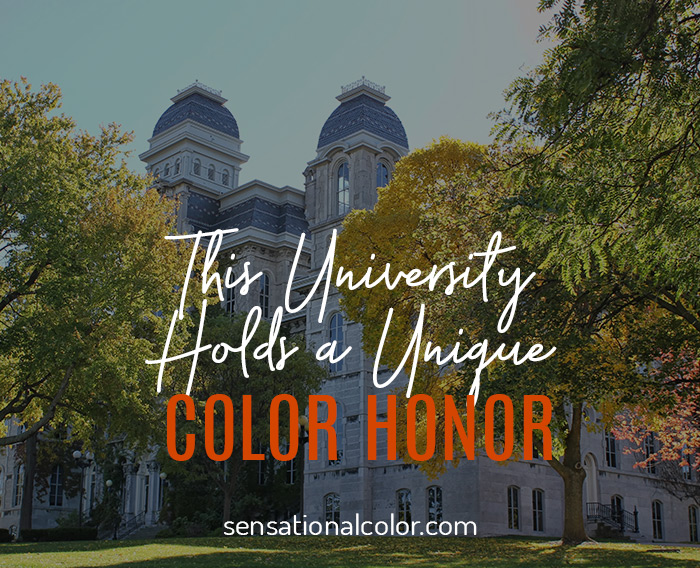

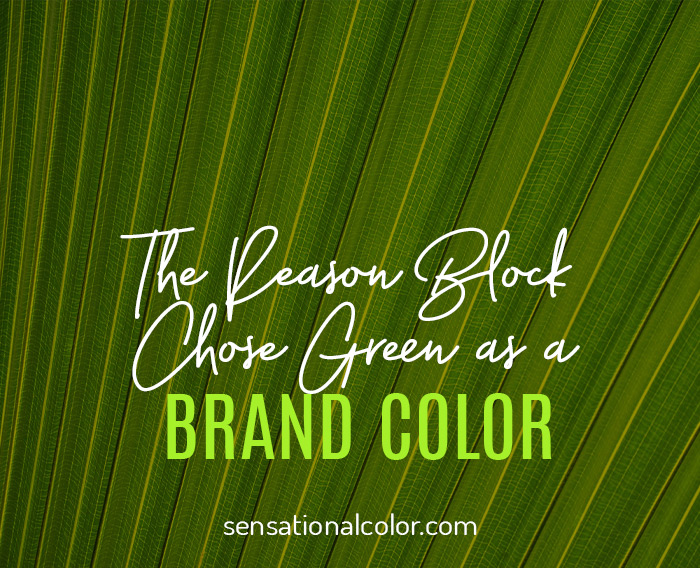

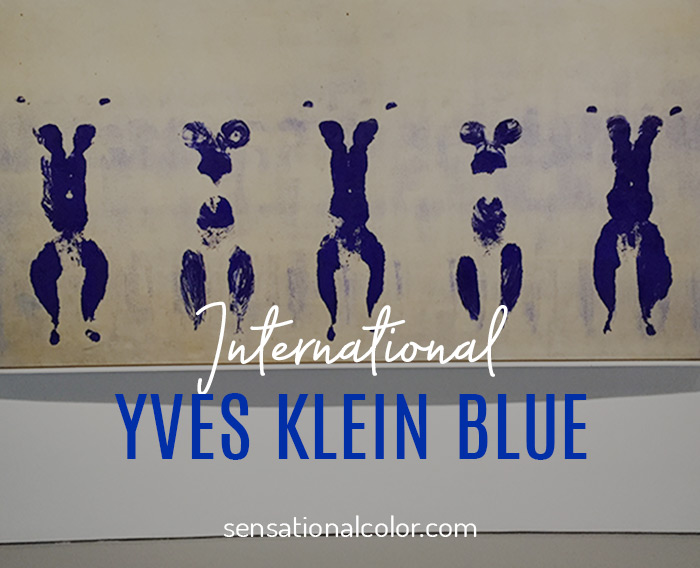
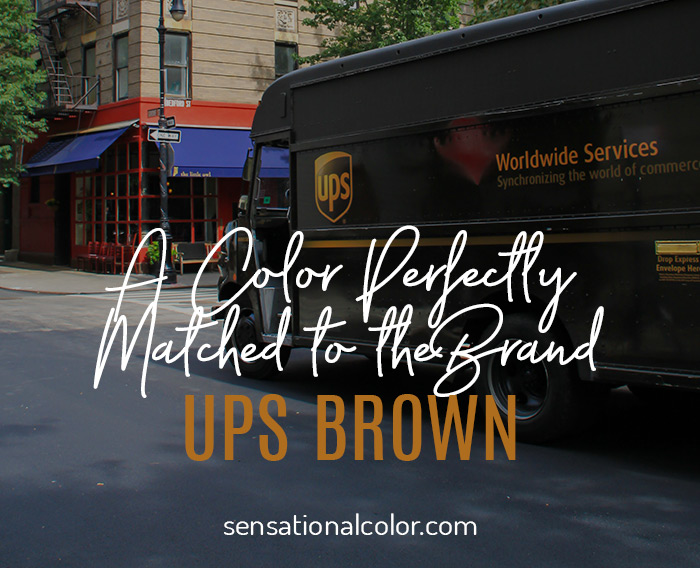

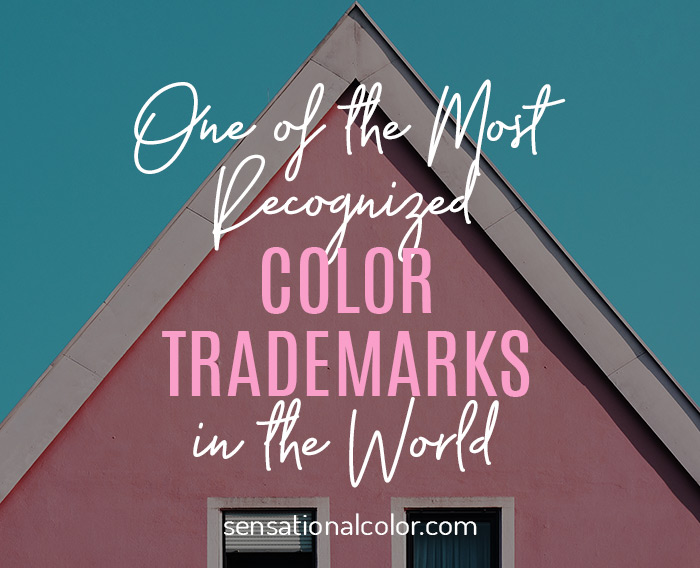
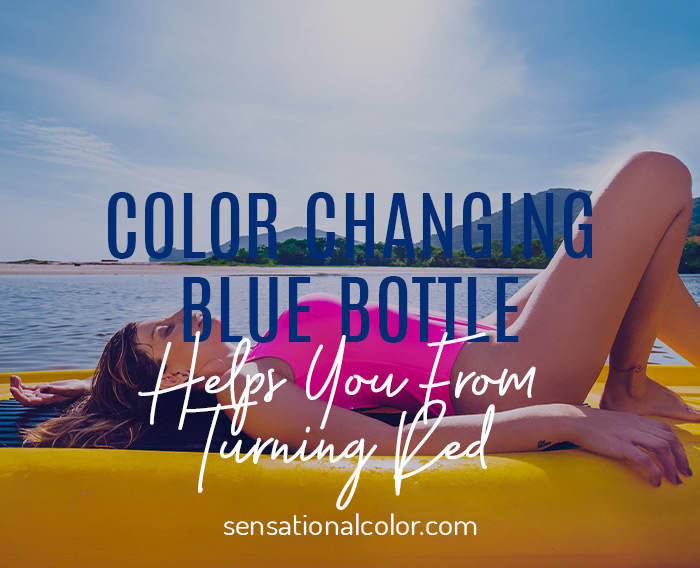




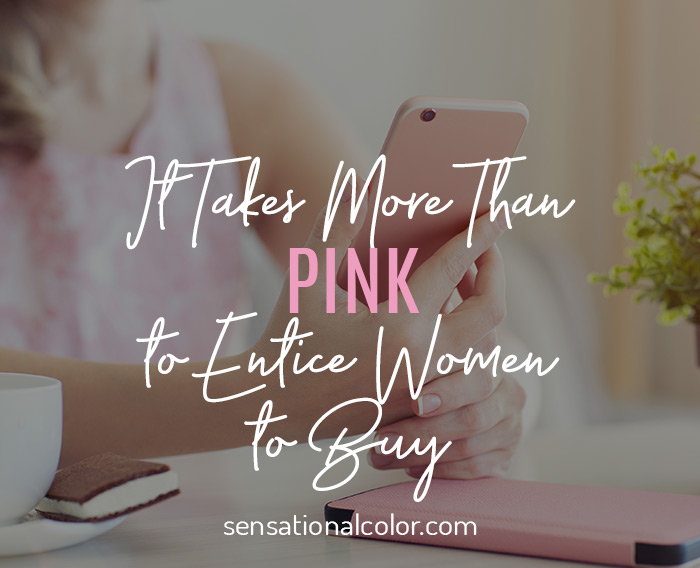

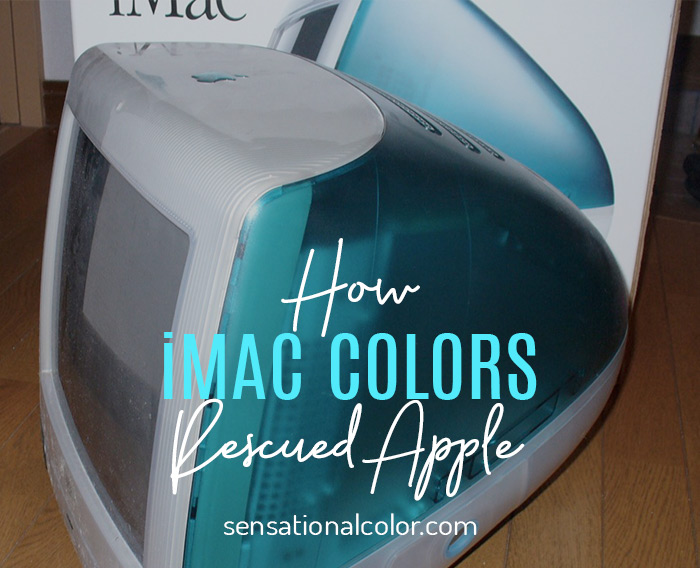





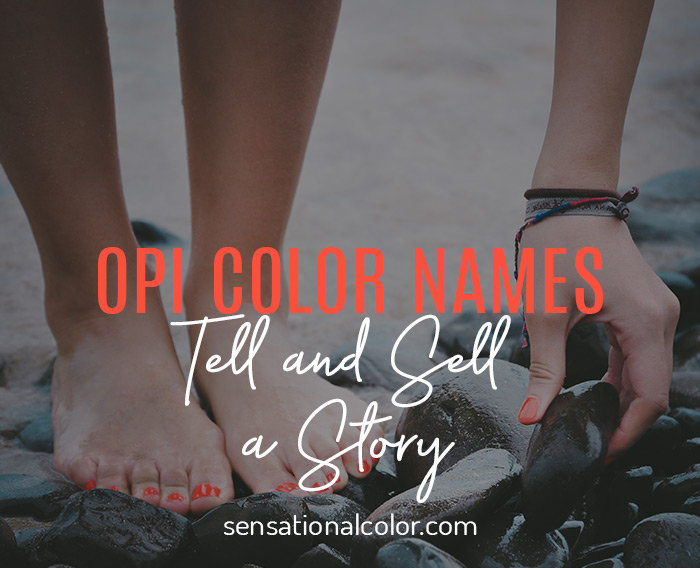
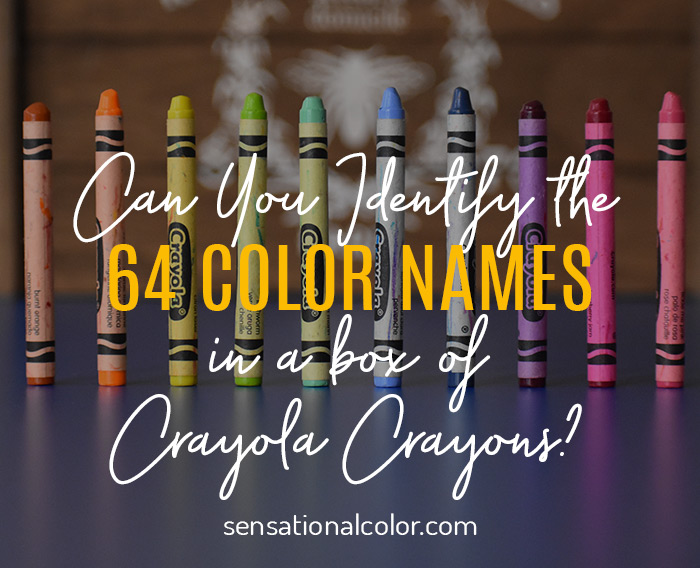




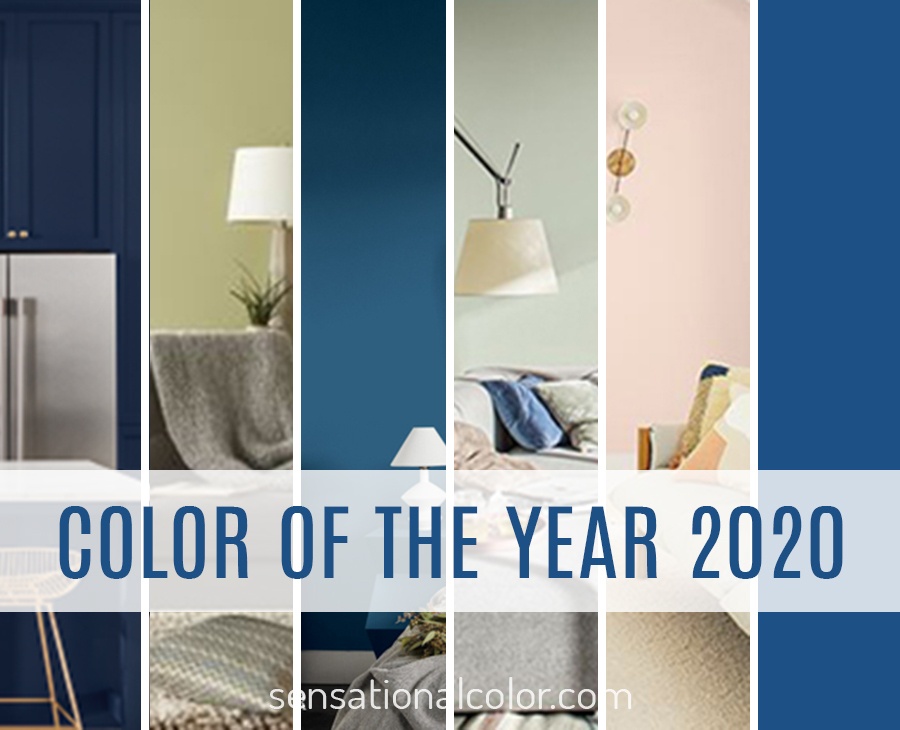

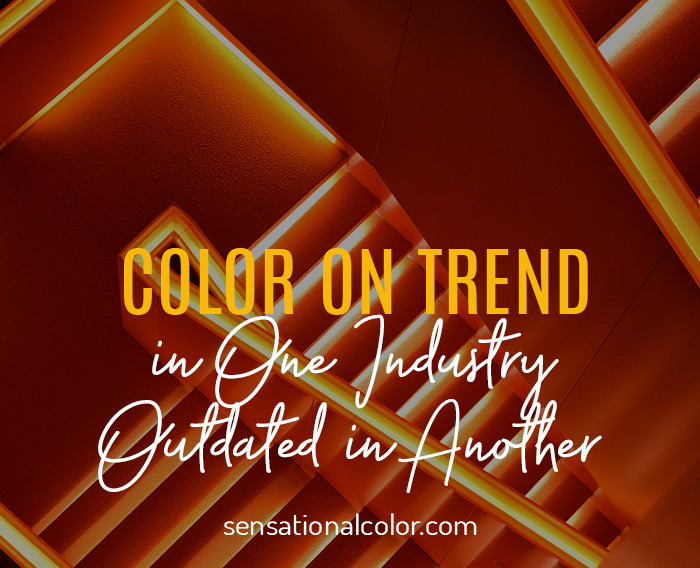





You did a really great job!!!!!
I love these colors
This is a very interesting topic. Thanks to you kate, to put this topic into our knowledge. This is great. You should visit custom packaging designs .
Thanks for the great article. Thoughtfully written.
Very interesting and informative article…thanks for sharing
You’re welcome, Tom. Thanks for visiting my website.
I had no idea that so many companies owned a trademark for their color(s). That was very interesting to learn. You have such a wealth of knowledge about color!
Thanks, for your wonderful comment, Jim. I enjoy sharing what I know about color especially when I receive positive feedback like yours.